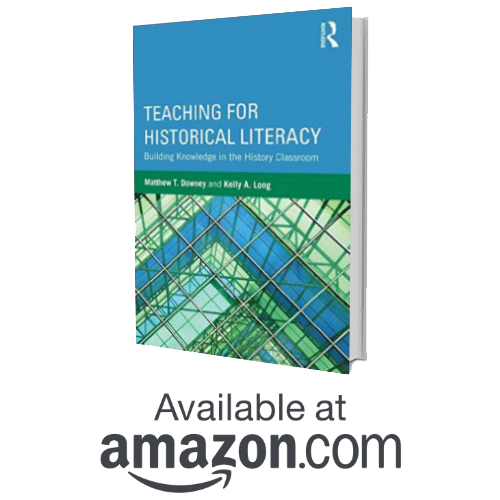The title of this blog is lifted from David Lowenthal’s book, The Past is a Foreign Country (1985). Lowenthal borrowed it from British novelist L. P. Hartley’s, The Go-Between (1953). “The past is a foreign country: they do things differently there” is the novel’s opening sentence. As a former (now retired) history teacher, it was one of my favorite book titles. It reminded me to help students avoid reading the present back into the past, a mistake that historians call presentism. It’s also a good book, although concerned with historic preservation rather than history teaching.
For students to think historically, we have to help them distance themselves from the past. First of all, it means they must understand the difference between history and the past. The past is everything that ever happened. History is what historical thinkers make of it. Thinking of the past as a foreign country places distance between the past and the present. But it stops short of suggesting that our ancestors were aliens from another planet. People did things differently there, but mostly in still recognizable ways. Even so, the farther students look back, the more foreign and less recognizable the past becomes.
It seems to me that the greatest challenge we face as history teachers is to help our students understand the difference between our time and the past, especially the remote past. Difficult as it is, they surely are on safer ground grappling with that challenge than they would be blithely assuming that Han Chinese, Medieval European peasants or plains Indians thought and acted much like us today. They clearly did not. In future blogs, I’d like to explore ways to do that, and I’m open to suggestions.

